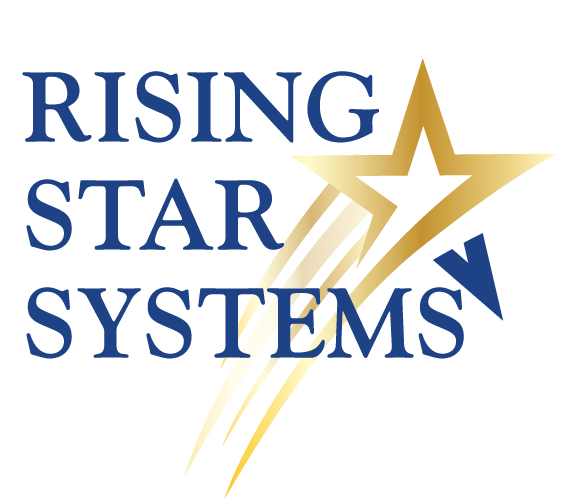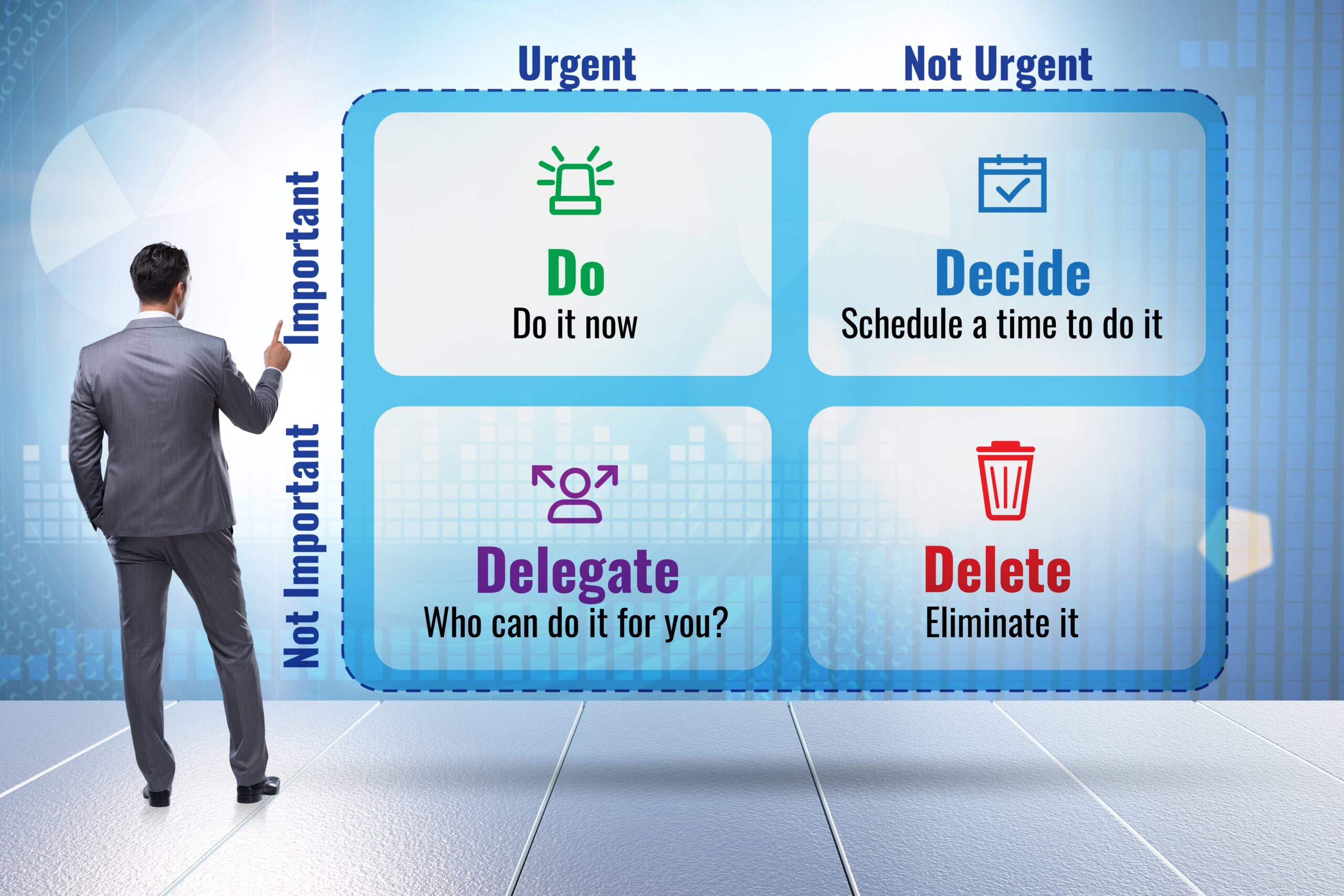 Do you know what your boundaries are? Most of us have some vague notion of what a boundary is and how it feels when someone has crossed our boundaries. But what are they really?
Do you know what your boundaries are? Most of us have some vague notion of what a boundary is and how it feels when someone has crossed our boundaries. But what are they really?
Boundary – Something that indicates bounds or limits; a limiting or bounding line.
Dictionary.com
In the context of time management, your boundaries can have many references. It could refer to:
- The beginning and ending of a block of time set aside for a particular activity.
- The difference between your needs and another’s needs
- The defining line between different projects or jobs in your life
- The bounds between work and play, activity and rest, inner and outer focused energy
All of these are critical concepts when it comes to your ability to manage your time well. Understanding what your boundaries are can help you prioritize, make decisions and create a sustainable business. Burnout is generally caused from insufficient boundaries. (For example, working too much or putting other people’s needs/demands over your own needs)
Three Steps to Creating Time Management Sanity
1 – Creating A Clearly Defined Schedule
If you don’t know your boundaries – how can you defend them? The simplest method of creating clear boundaries around your activities is working with a schedule or Time Map that has clearly defined time blocks in it. This is different than a task list. This is an organization of your time in which you have decided what category or area of your life you will be focused on during a specific block of time. I go into more detail about exactly how to do this in The Artists Marketing & Business Academy – Track 3B Classes.
Once you’ve created a schedule that allows for balance and clear beginnings and endings, then you can practice maintaining those boundaries for yourself. Also, when someone comes to you with a request for your time, you will be very clear on your availability. And if you choose to say “no” to their request (see #2), you don’t have to tell them it’s because you scheduled to do laundry during that time. You can just say, “I’m sorry, I’m not available.” (Practice that answer by yourself over and over if this is difficult for you!)
2 – Making Clear “Yes” or “No” Decisions
It is human nature to want to say “yes” to the people we care about, to the people we want to think well of us, really to most everyone. Saying “no” is not a skill we’re taught as children. In fact, quite the opposite, we’re taught that saying “yes” is rewarded and saying “no” is punished. This is a skill you MUST learn as an adult.
As small business owners and solopreneurs, particularly those of us who work from home, we often receive requests for our time.
It is easy to say “no” to the stuff you don’t want, those are not the “no’s” we are talking about. We are talking about the challenging “no’s”, the ones that come when you have to say “no” to something you DO want, or to someone you care about, or want to help.
Indrani Goradia, Indrani’s Light Foundation – Global Solutions to Gender Violence
But if you know your schedule (see #1) and you’re clear on what your goals are and WHY you created that schedule and want those goals, then saying “no” becomes easier. As Indrani taught me, when you say “yes” to one thing, you are saying “no” to everything else. So, you better be clear on what you are saying “no” to when you say “yes”. Here’s what I recommend when someone asks you for something that will take your time away from your goals (even when it’s something fun and fabulous):
- What does the request entail? Specifically, how much of your time, energy, and resources will it take?
- When do they need your answer by?
Then end the conversation WITHOUT GIVING THEM AN ANSWER. Promise you’ll get them an answer before their deadline and walk away (or hang up the phone). Give yourself time to think, time to make the decision away from them.
In order to make this decision, ask yourself:
- If I say “yes” to this, what am I saying “no” to, specifically?
- What are the benefits to me personally if I say “yes” to this?
- What will I lose if I say “yes” to this?
- What will I lose if I say “no” to this?
These questions should help you come to a decision that enables you to honor your boundaries.
3 – Managing Expectations – Yours and Everybody Else’s!
Our tendency, particularly if you are a new or struggling business owner, is to promise your prospective clients the moon. This can damage both your own life as well as your business. Because you promise more than you can realistically achieve within the time allotted, you will either kill yourself to keep your promise, or break your promise and kill your reputation.
There is a saying, “Under promise and over deliver.” I actually recommend, under promise and deliver on your promise with excellence. That doesn’t necessarily mean over deliver. It just simply means, promise only what you’re absolutely sure you can deliver and then deliver it with excellence.
Setting clear time boundaries is another important aspect of managing other people’s expectations. For example, if someone calls you and asks if you have a minute – you know that they’re asking for more than a minute. But you can respond with, “I can give you 5 minutes.” And when that 5 minute period has ended, you can say, without guilt, “I have to go now.” and hang up. Because you managed their expectations at the beginning of the conversation, ending that call becomes much easier. I often do this when calling for technical support. I start the call with, “I have a client in 15 minutes.” And it’s amazing how much less time I now spend on these calls!
But you also need to manage your own expectations. For example, creating a To Do List for today that has 16 hours of work, but you only have 4 hours available is a habit that can kill your self-esteem. You will never get all of those things done, and every time you don’t, you feel like you’ve failed. Have a master To Do list (ideally organized by category, see #1). And then put on today’s task list ONLY what you are confident you can accomplish in the time available. Hey, having to go back to the master list because you finished faster is a happy problem, right?
So how are you doing with your time management boundaries? Let me know in the comments what new insights you got and any questions you have.






One Response
I like this blog. For one thing, it’s substantive — not just one or two breezy sentences per tip 🙂
A lot of what’s there makes sense and is material I’ve encountered before. Yet it’s an important reminder, too. I like the idea of being clear about Yeses, Nos, and Expectations — with one’s self. I expect things of myself that I don’t deliver on, and partly that’s because I don’t take the time to be clear about what it means to say Yes to these things. I just think It needs to be done and it’s just another item on my to-do list. If I take the time to consider what the task involves, that will help me to manage my expectations.
I often feel like there are more important things to do than to put the time into some of the suggestions you list. But I think following those suggestions might create more of a sense of balance or calmness as I go about my tasks. Thanks, Debra!